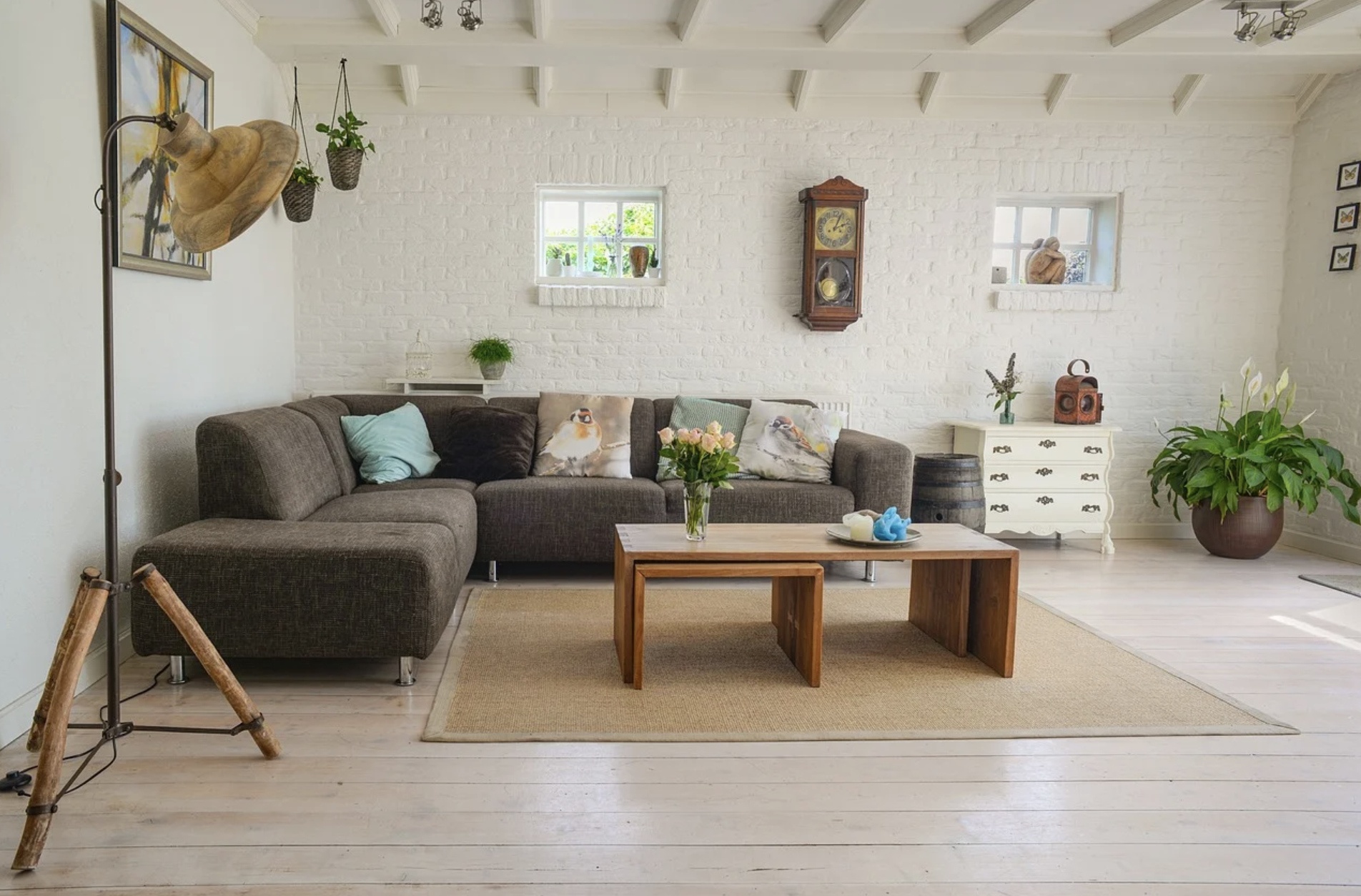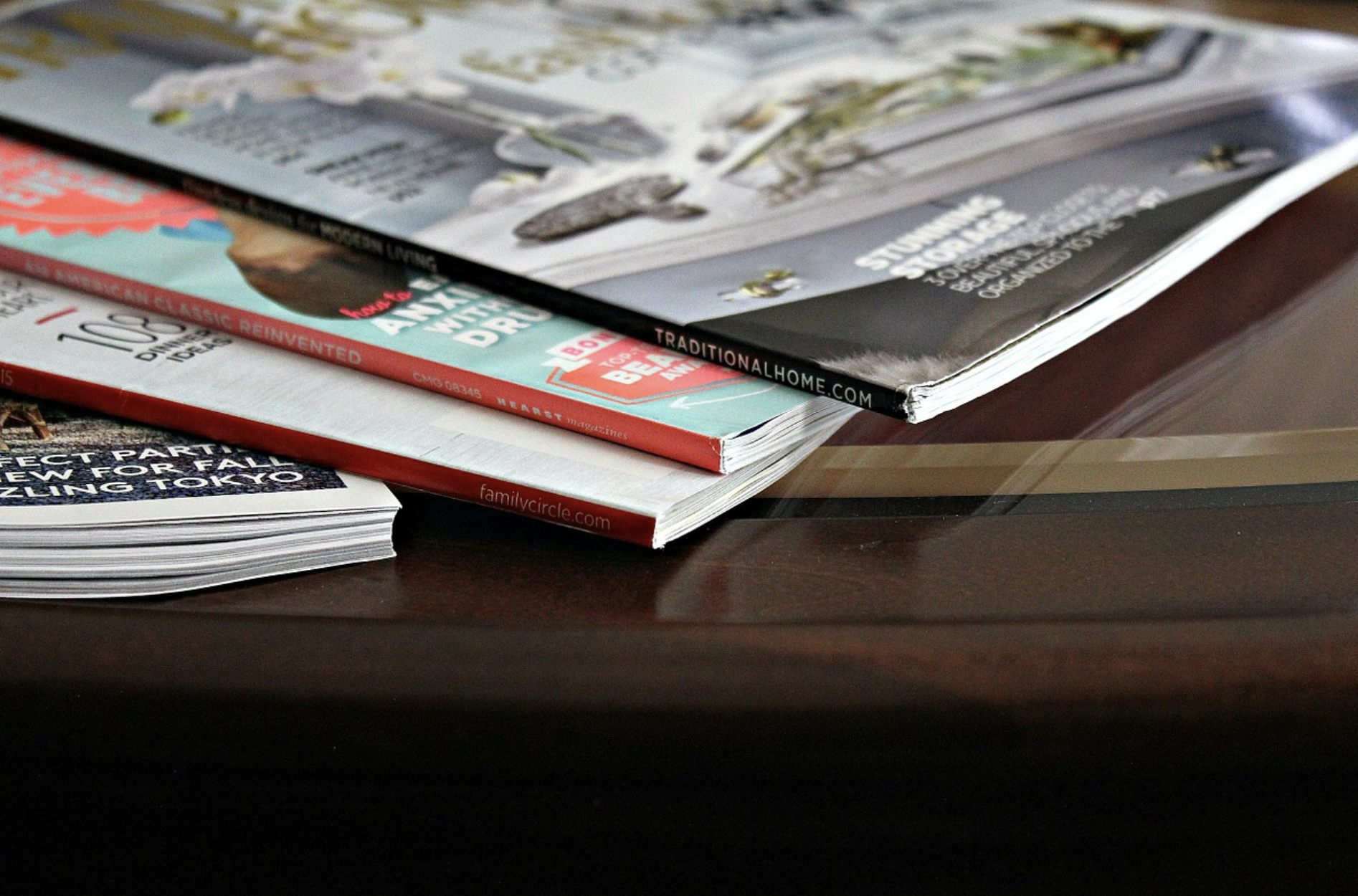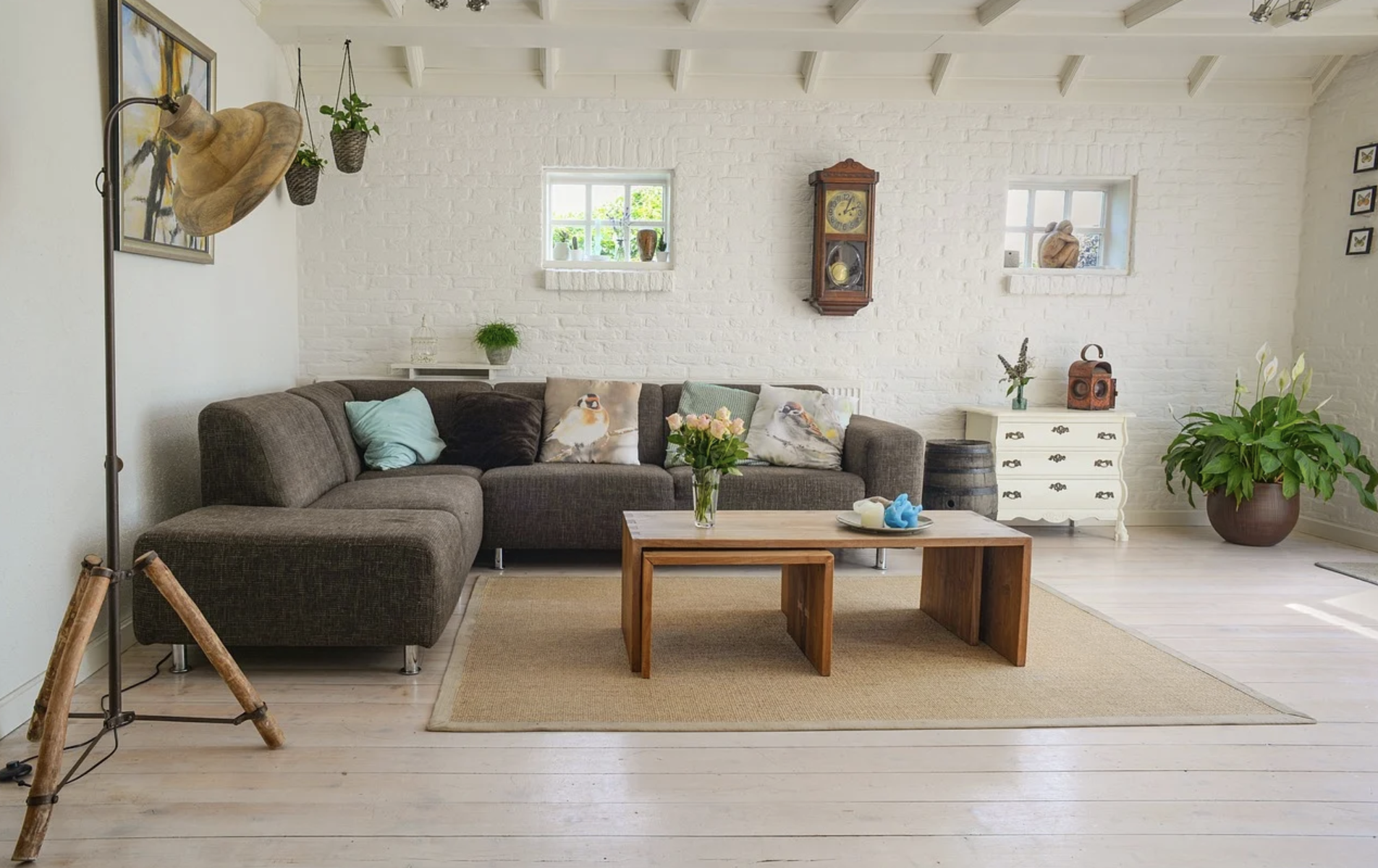Moving into a new space can be one of life’s great joys, but it can also be a time of uncertainty, especially when it comes to decorating. How do you make the best use of your space while still keeping your personal style? With these helpful tips and a little bit of planning, you’ll have a much greater chance of success.
 Tip #1: Know Your Measurements
Tip #1: Know Your Measurements
Before you start designing, measure the length and width of each room you intend to decorate, along with the ceiling height and elements that could get in the way – stairs, columns, radiators, etc. It’s also a good idea to measure window openings, along with the wall space below, above and to the sides of each one, to get ready for window coverings. Do yourself a favor and hold off on furniture shopping until you fully understand each room and its measurements.

Tip #2: How Do You Want To Live?
This is always the tricky part, and there are no right or wrong answers. Rooms can be traditional or modern, formal or relaxed, and visually warm or cool. A few questions to start asking yourself are, “What will you be doing? How many people live there? Are there children? What are your ambitions for how you would like to live?”. Start by mapping out what you do on a weekly basis and decorate accordingly. If you tend to host lavish dinner parties, then your living room might look a little different than if you are more of a tv and lounge type of individual.

Tip #3: Copy The Pros
Look in design books, online resources, and tv shows to sharpen your personal style. Take pictures and save them in a custom folder on your phone to refer back to. Once you’ve spent a decent amount of time gathering ideas, look at what stands out to you the most or what you have naturally gravitated towards. Be mindful of patterns that work or where solid colors fit in best. These saved pictures and ideas will also help inform everything from the type of furniture you might like to a potential strategy for window coverings.

Tip #4: Develop a Budget
You always want to make sure you’re being strategic with how you spend your money. There’s no getting around the math: if you splurge on an overly expensive chair, you will have less money available for the rest of your home. A budget gives you a road map for how to divide the cost of things between rooms. You can still make an exception for a one-of-a-kind furniture piece, but in order to pay for it, you have to be thoughtful of where else you can cut back.

Tip #5: Tape It Out
Take your decor ideas one step further and map things out. Use painter’s tape in the real space to outline where the furniture will be placed on floors and against walls. Where will the rug be? Does it need to be cut? How far is the coffee table coming out? Even though you probably have everything down to a sixteenth of an inch on a furniture plan, there’s something helpful about visualizing it in your space, and being able to walk around.
